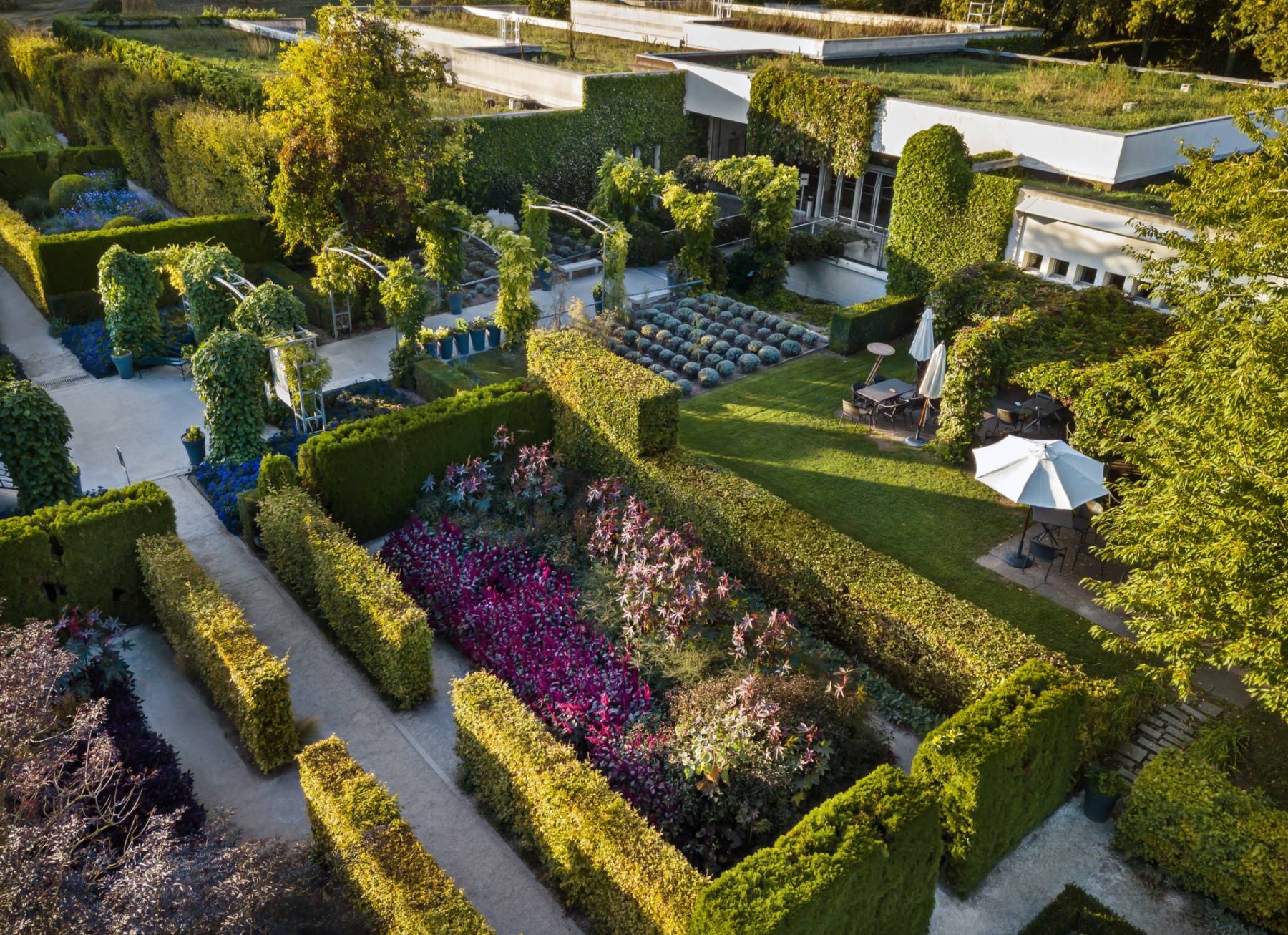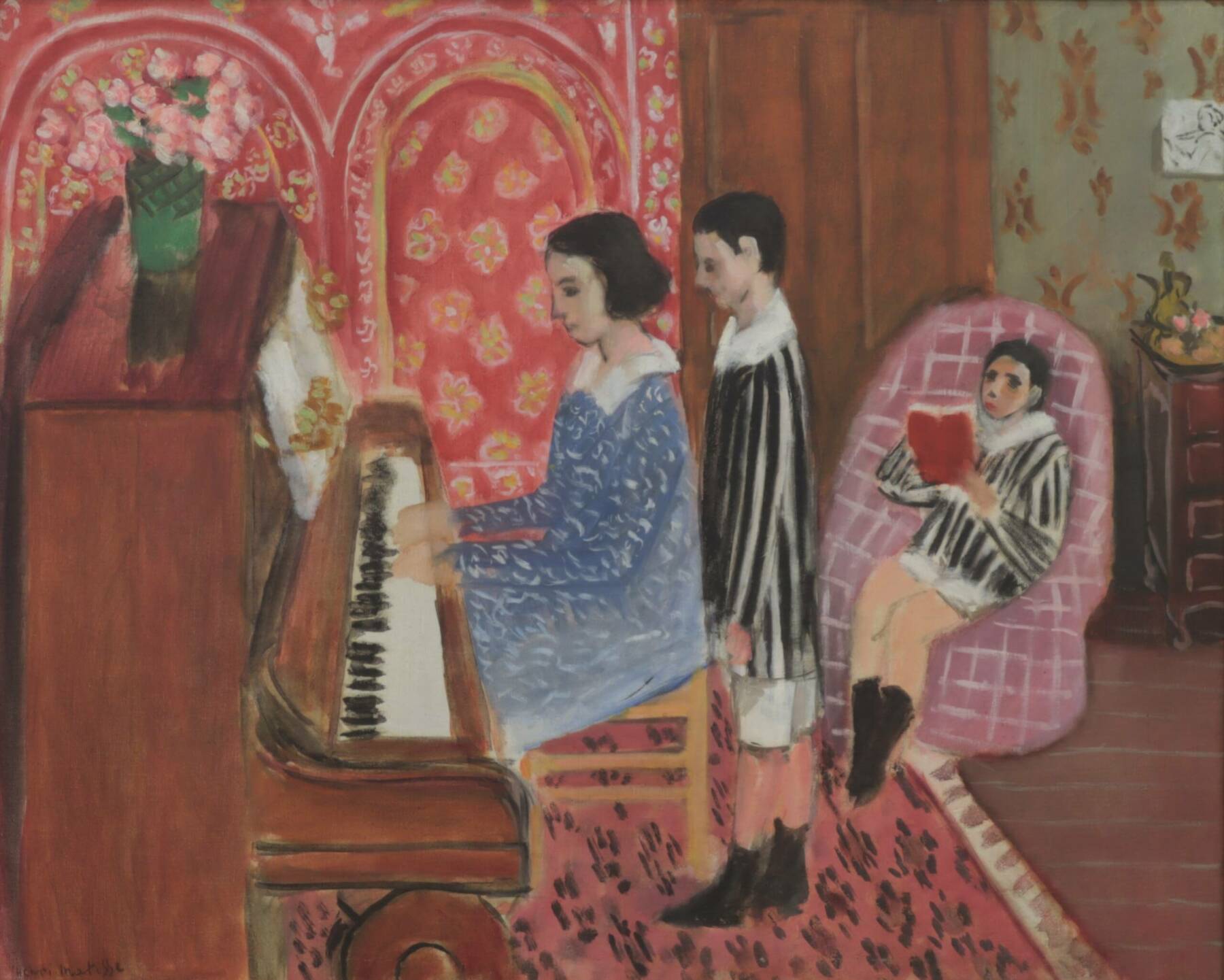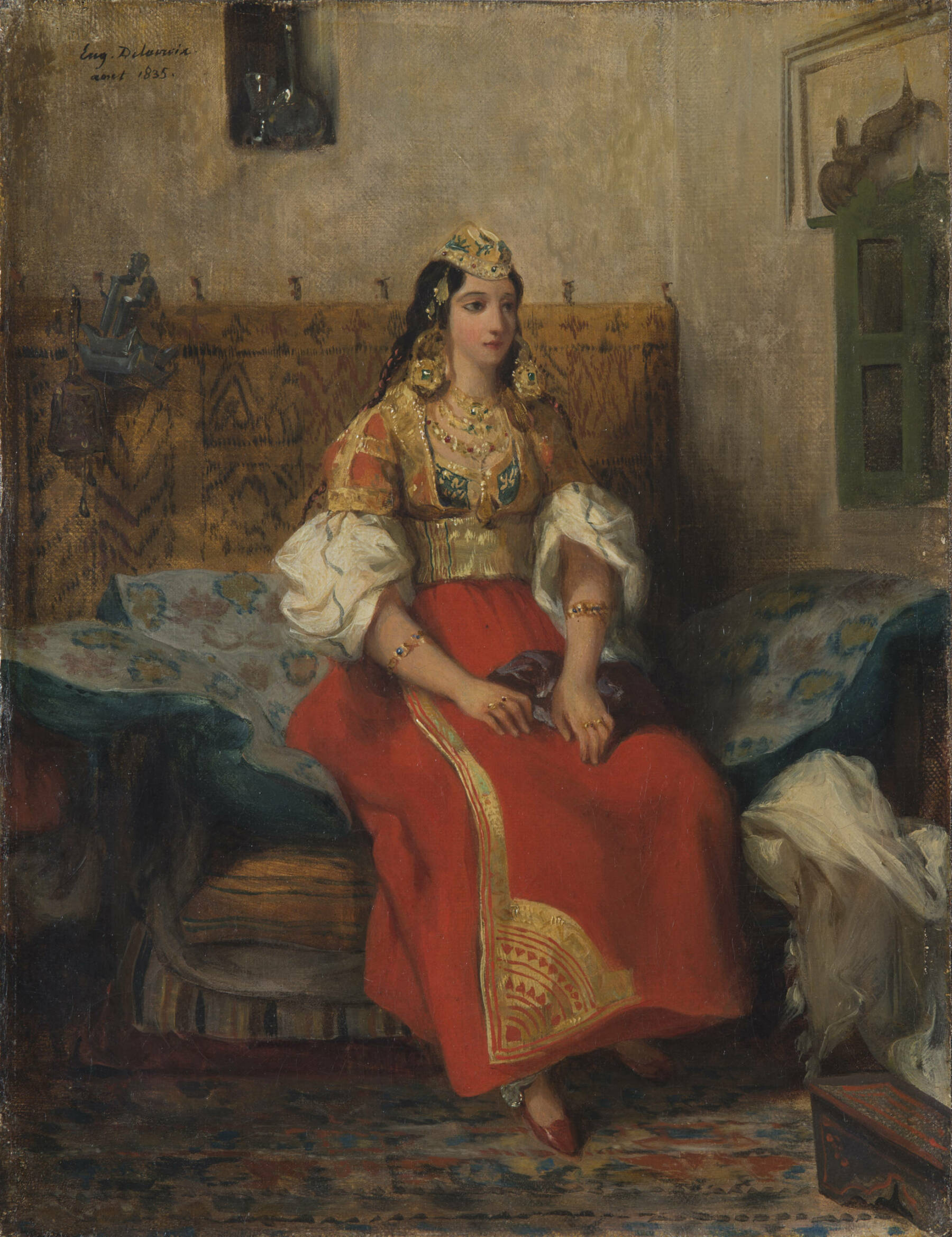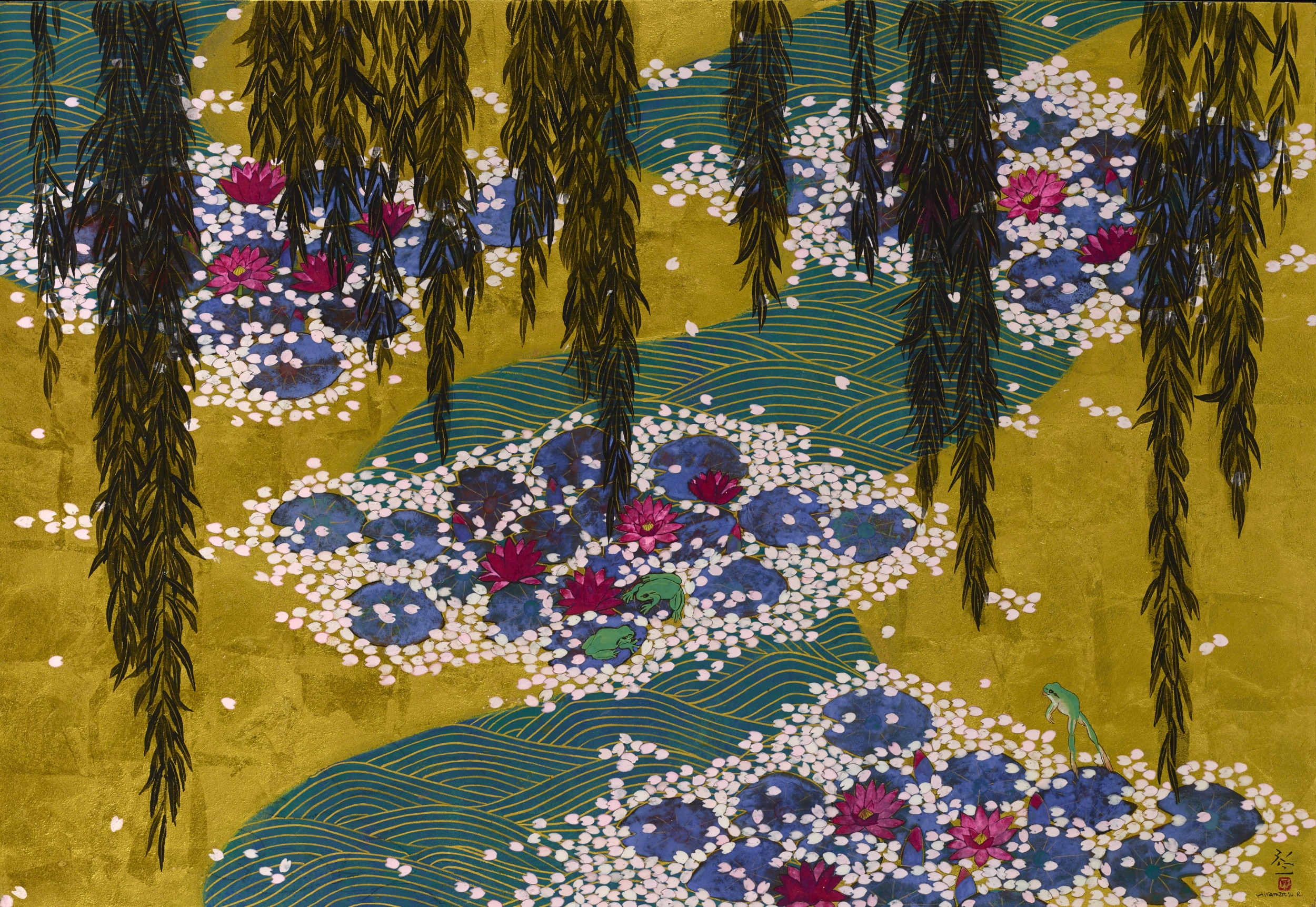
Nihonga is a traditional painting style practiced in Japan. Though its techniques are ancient, its subjects can be contemporary.
A recent term, an ancient tradition
The term nihonga was coined in the 1880s, during the Meiji era, to distinguish painting as it was traditionally practiced in Japan from Western techniques, such as oil painting and watercolour. It simply means “Japanese painting”. The intellectuals who invented the word wanted to highlight and protect an age-old artistic tradition, in the face of their contemporaries’ fascination for Western painting.
From the end of the 19th century, through artistic education and exhibitions, painters from the different stylistic schools that structured Japanese painting influenced each other and mixed their traditions, without completely closing themselves off to the novelties of Western art. Thus they paved the way for contemporary nihonga, with its infinitely varied subjects, and techniques and sensibilities that continue to evolve.
Precious materials
Nihonga is demanding and requires a lot of time and patience. The two main supports are silk and paper. The painter works in his studio, on a surface laid flat. He prepares his colours himself in small porcelain dishes. They are made of a mixture of powdered pigment and animal glue, diluted with a little water.
The pigments are of natural origin: azurite and lapis lazuli for blues, malachite for greens, coral and carmine for some reds. Ochres, from clay, are also very present. Mother-of-pearl is used for white, as is powdered mica, which sparkles in the light. Today, there are also more affordable quality artificial pigments that are used by amateurs.
The animal glue used to attach the pigment to the support is made from beef bone, tendons and intestines. It comes in the form of sticks and sheets which must be diluted in water for several hours to obtain a solution which is then heated and filtered.
Gold, silver and platinum sheets can be applied on the painting surface or on top of the pictorial layer. They are used whole, in small pieces or reduced to a powder which will be delicately dispersed on the work.
The artist applies the paint with brushes in various shapes. The different colours cannot be mixed together. The painter superimposes them in thin layers, until the desired shade is obtained. No varnish covers the finished work, the matt aspect of which can be enhanced by the shine of gold leaf and mica powder.
The museum
About us
See more
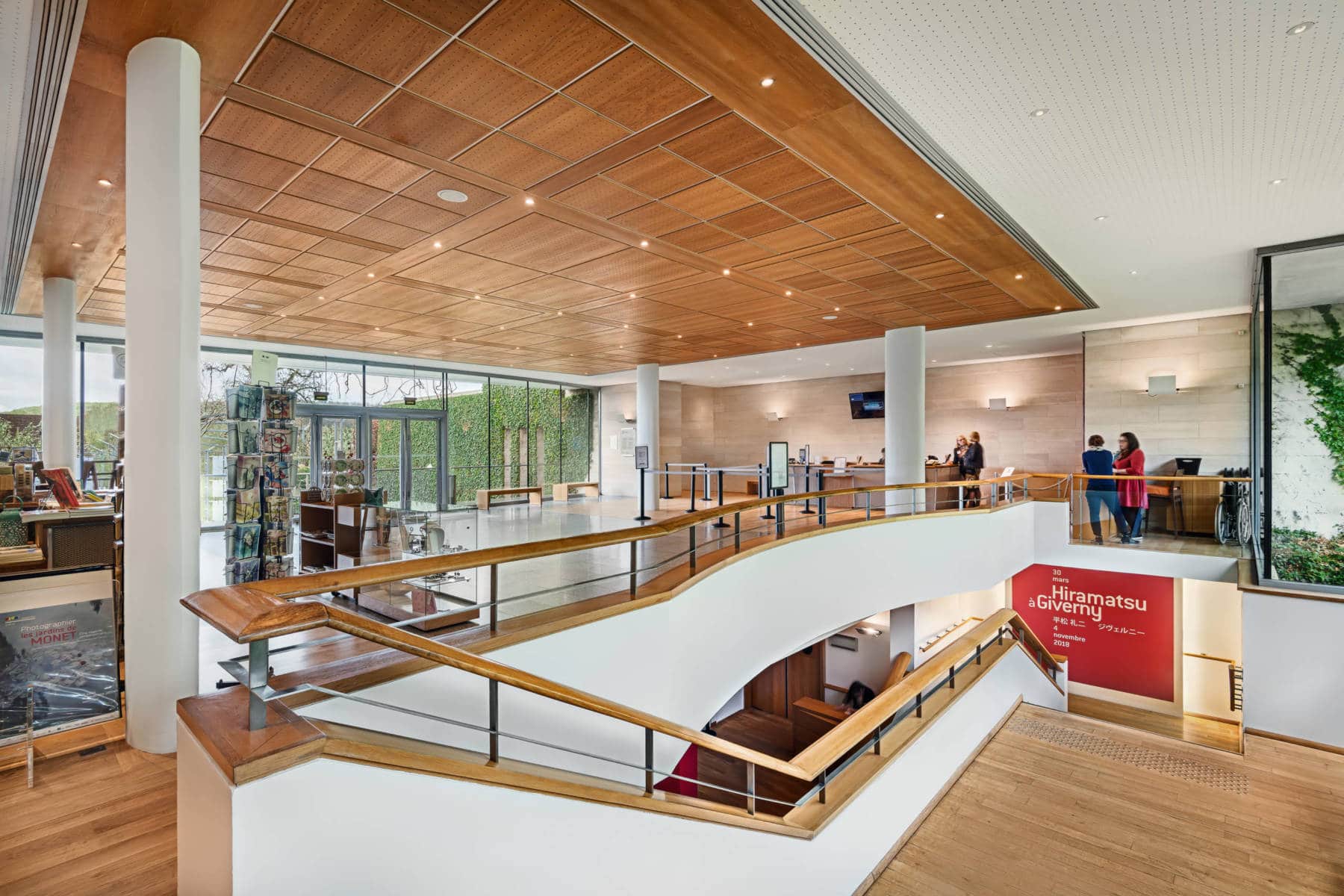
The museum
The garden
See more
